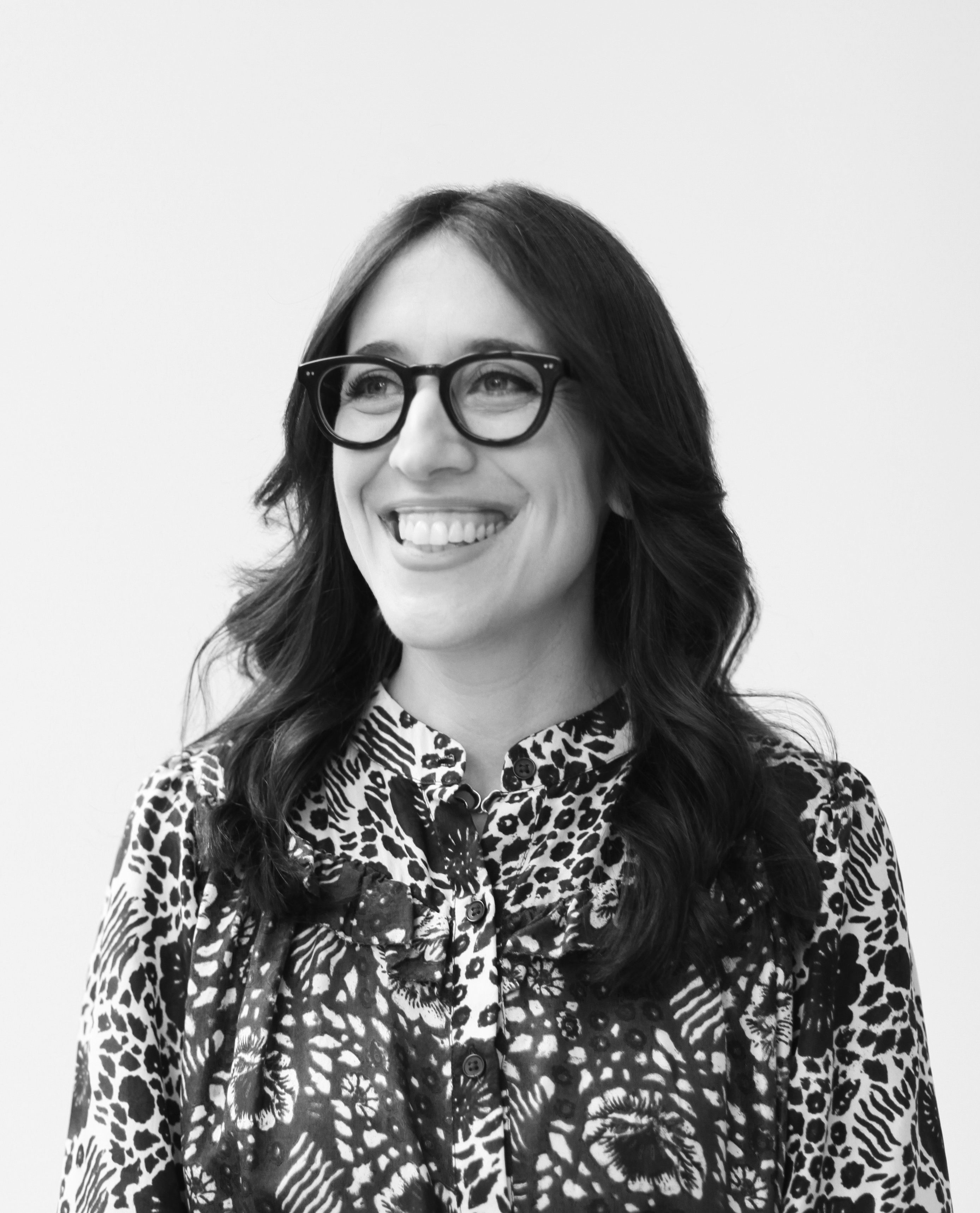Portrait by Anna Selle
This article is printed in the latest issue of British Journal of Photography: Performance. Sign up for an 1854 subscription to receive it at your door.
The curator spent over a decade at the Whitney Museum of American Art before joining the International Center of Photography earlier this year – here she discusses her career with BJP’s editor
Seeing the Louise Bourgeois retrospective at Tate Modern in 2007 made me want to pursue curatorial work. I was studying for my MA at The Courtauld at the time, and saw it again at the Guggenheim, New York, in 2008. It was the first time I’d seen the same exhibition twice, at two institutions with very different histories and architecture. Beyond internships and the curatorial work I’d studied in school, it was the first time I really understood the work of a curator as the steward of an artist’s vision at a particular place in a particular time.
Working on Paul Thek’s retrospective at the Whitney Museum in 2010–11 was a formative experience. It was early in my time at the museum, and I was able to work intimately with Thek’s archive and, because of the role Peter Hujar played in Thek’s life and work, spend significant time at the Peter Hujar archive too. Seeing his work in person, in this casual research environment rather than framed and glazed on the walls of a museum, was a foundational education. The dialogue between these two artists, who are formally quite distinct, was beautiful and complicated and to see it play out on the pages of their journals and through their camera lenses was magic.
I believe strongly that how we do our work as curators – and, really, all work – should be inseparable from the values we want to see in the world around us. I keep my feminist principles and advocacy for all marginalised voices at the centre of what I do. It will take sustained effort by all of those who support artists – including collectors, galleries, scholars, auction houses, foundations, residences and beyond – over a long time to counteract the weight of history written by and for men.
I love to read, almost anything and everything. I subscribe to far too many print periodicals. I recently subscribed to Jewish Currents, a longrunning magazine that was relaunched in 2018 and features incredibly thought-provoking writing in many areas, including on art. I also love novels, memoirs and non-fiction – I just tore through Hua Hsu’s Stay True: A Memoir, which uses and refers to photography in an innovative and extraordinary way. I also read a lot of children’s books, as my kids (who are truly my favourite pastime) are newly into chapter books and we’re loving exploring both the series that I grew up with as well as stories new to all of us.
There are so many questions I get asked about my work and philosophy where the answer is always: follow the artist. If the artist/maker wants their work seen a certain way and in a certain context, then that’s the prime context for the work. That doesn’t mean one can’t view the work in another format. Reconsidering and recontextualising work can often help elicit understanding that is harder to see in other situations.
Physical prints are no more worthy of serious consideration than natively digital work. It’s all crucial to our conversations around the understanding of image-making today.
I don’t subscribe to the idea of a national aesthetic in art, especially not in contemporary art. However, I think most aspects of an artist’s biography that they share with the public are relevant to their work, not least of which is their birthplace, where they were raised and where they lived when making it. The specifics of place are of utmost importance, but not because they inform a collective and unified sensibility. In fact, it is the multivalent voices that give texture to any particular place, and are often contradictory of one another, that make the most interesting reflection of a location.
There’s no question that photography is art. And a lot of other things too. That’s what is so beautiful and constantly exciting about photography; its ability to be applied in so many ways.

